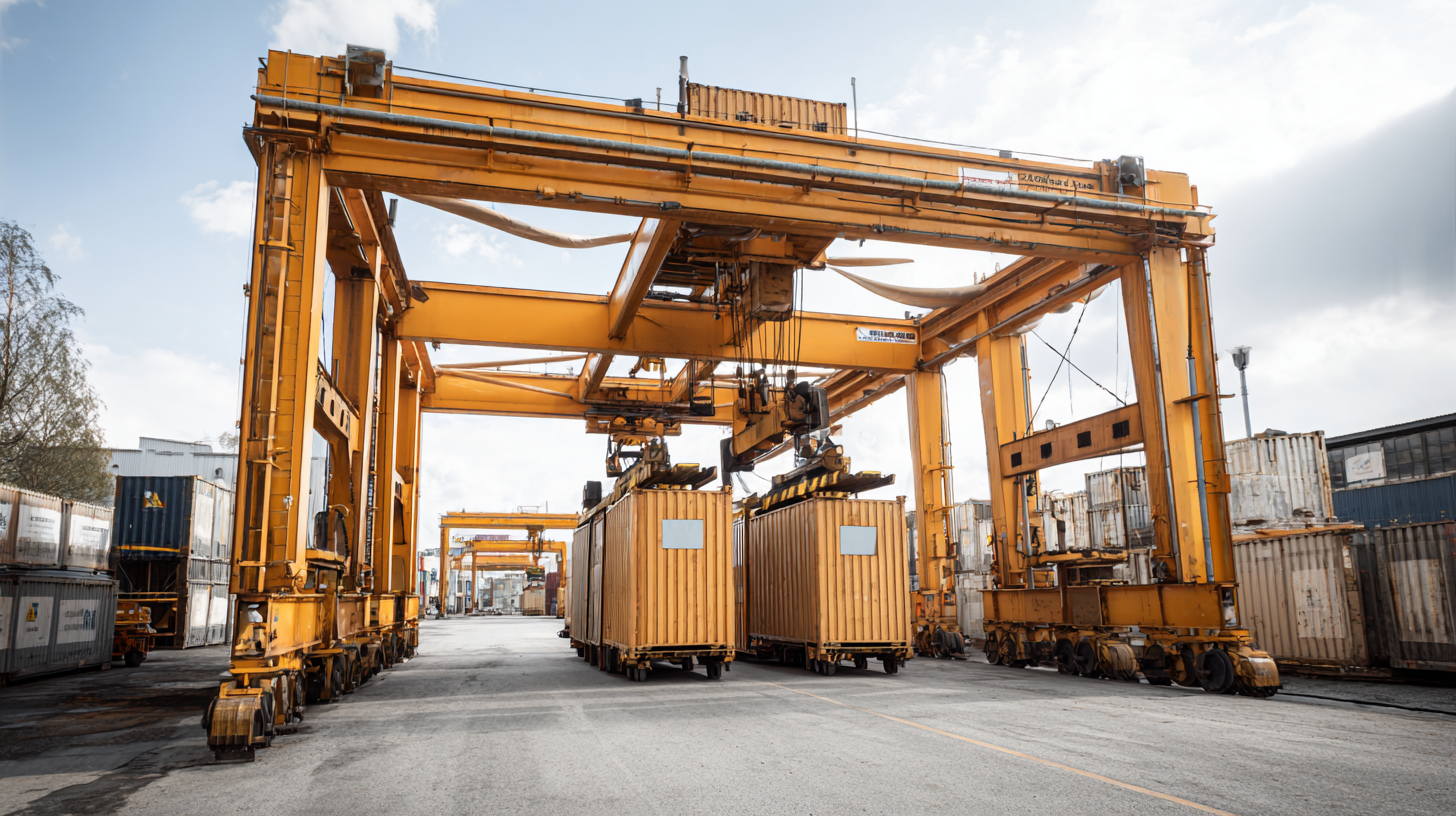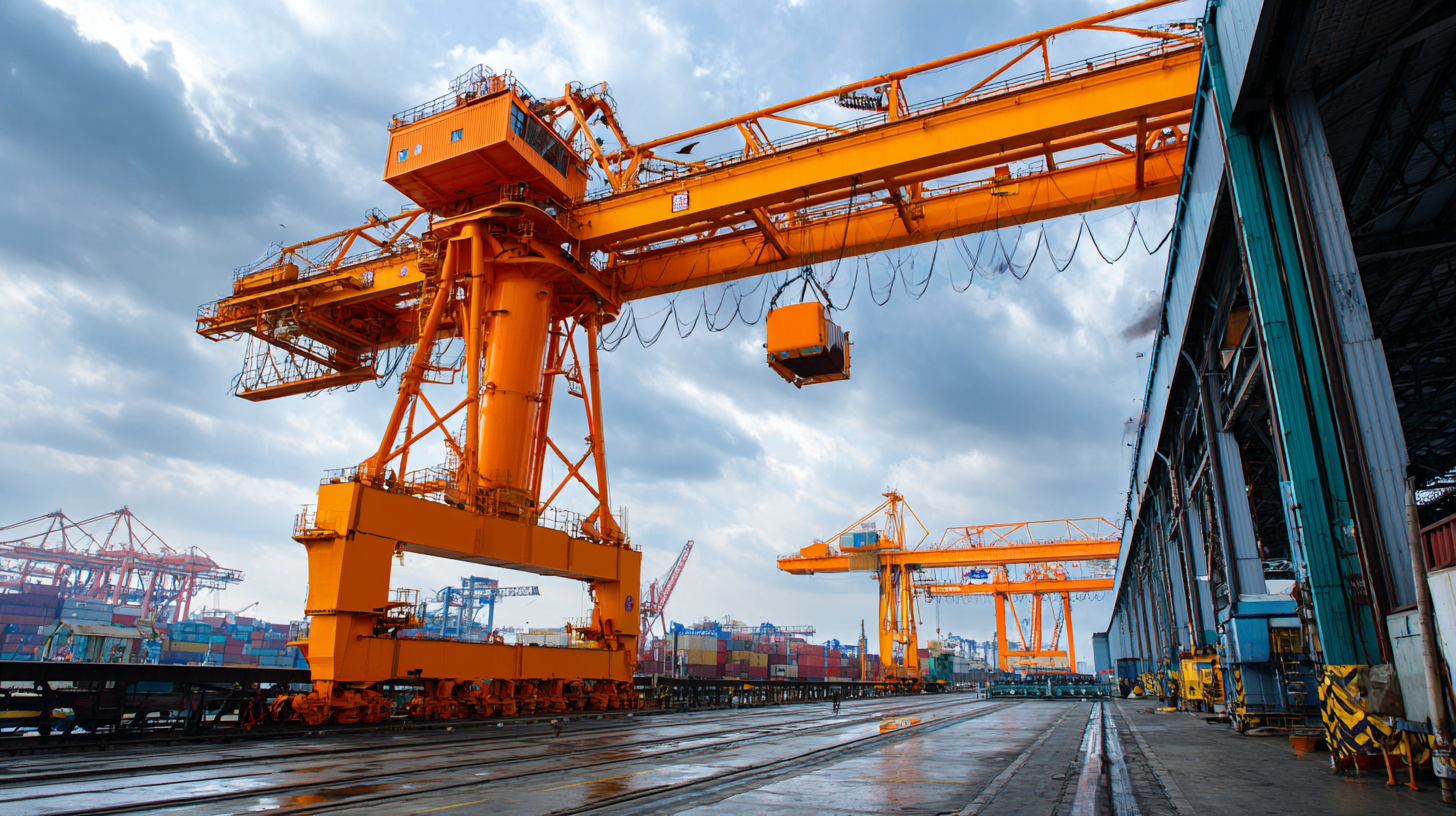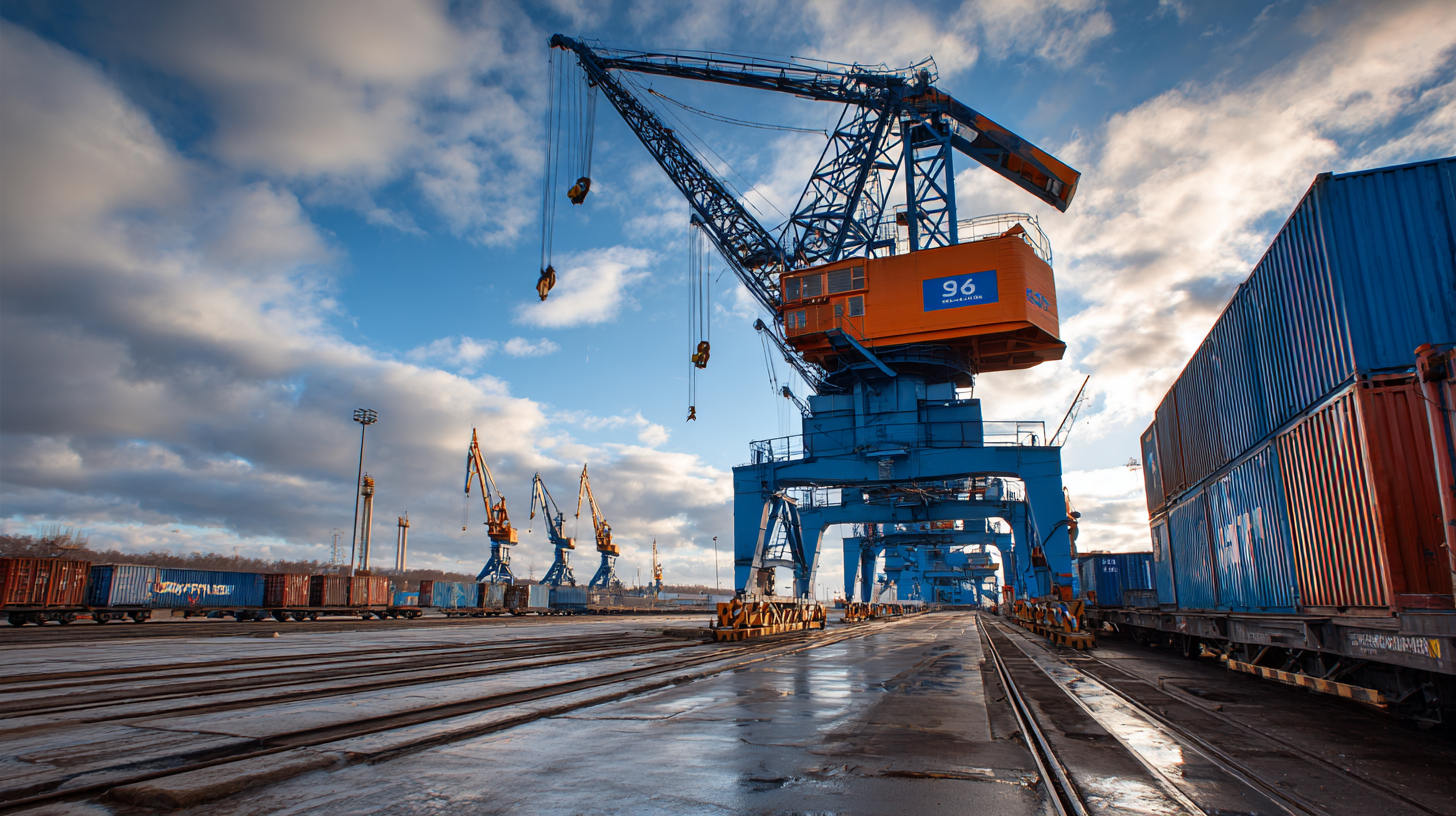Leave Your Message
-
Phone
-
E-mail
-
WhatsApp
In today's competitive market, the demand for high-quality Semigantry Cranes has surged, as industries increasingly recognize their efficiency and versatility in various applications. According to recent market analysis reports, the global material handling equipment market is projected to reach $200 billion by 2025, with Semigantry Cranes playing a pivotal role in this growth due to their cost-effective design and operational flexibility.

As businesses strive to enhance productivity while managing costs, selecting the right manufacturer becomes crucial. This blog aims to provide essential insights and strategies for identifying reliable suppliers of Semigantry Crane products, ensuring that companies not only meet operational demands but also maintain a competitive edge in the market.
When searching for quality semigantry cranes, it’s crucial to identify key features that distinguish high-performing models from subpar alternatives. Firstly, consider the load capacity of the crane. A quality semigantry crane should be designed to handle specific weights suitable for your applications, ensuring safety and reliability during operation.
Secondly, evaluate the construction materials used in the crane's design. Durable materials like high-grade steel and corrosion-resistant finishes not only extend the lifespan of the crane but also enhance its structural integrity. Look for suppliers that provide clear specifications and certifications for their products to ensure you are investing in equipment built to last.
Tip: Always ask potential suppliers about their warranty and after-sales support. A reputable supplier will stand by their products and provide necessary maintenance services, which is essential for the long-term performance of your crane. Additionally, gather feedback from other customers regarding their experiences with the supplier to ensure that they deliver on quality and service.
When it comes to evaluating supplier credentials and market reputation for semigantry crane products, businesses should adopt a strategic approach that goes beyond simple comparisons of pricing and availability. Understanding a supplier's commitment to quality, reliability, and ethical practices is essential. This involves examining industry certifications, compliance with safety standards, and their history of meeting customer expectations. By analyzing supplier reviews, case studies, and testimonials, decision-makers can better gauge the trustworthiness of potential partners.

Another crucial aspect is assessing the cybersecurity measures in place within the supply chain. Blindly trusting suppliers with sensitive data can lead to significant vulnerabilities. Taking time to inquire about their security protocols and risk management strategies is vital. Advanced technologies like machine learning can aid businesses in optimizing their supplier selection processes, ensuring that chosen vendors not only provide the best products but also safeguard against potential cyber threats. As the market becomes increasingly competitive, these evaluations will play a pivotal role in forming strong, secure, and sustainable supplier relationships.
In the competitive market for semigantry cranes, identifying the top manufacturers is crucial for businesses looking to invest in reliable and efficient lifting solutions. A comparative analysis of leading semigantry crane manufacturers reveals significant differences in design, technology, and customer service that can impact operational efficiency and overall satisfaction. Companies such as Manufacturer A stand out for their innovation in crane design, incorporating advanced materials that enhance durability while reducing weight. Meanwhile, Manufacturer B excels in customer support and after-sales service, ensuring that clients have access to timely maintenance and technical assistance.
Another notable player, Manufacturer C, is recognized for its competitive pricing without compromising on quality. Their cranes are equipped with state-of-the-art safety features, making them a preferred choice for companies prioritizing worker safety and compliance with industry standards. As buyers are increasingly seeking customization options, Manufacturer D has differentiated itself by offering tailored solutions to meet the specific needs of various industries, from construction to shipping. By thoroughly evaluating these key manufacturers, businesses can make informed decisions that optimize their operations and lead to long-term success in their respective markets.
| Manufacturer | Product Range | Load Capacity (t) | Price Range ($) | Market Share (%) | Customer Rating (out of 5) |
|---|---|---|---|---|---|
| Manufacturer A | Standard & Custom Semigantry Cranes | 5 - 30 | 10,000 - 50,000 | 25 | 4.5 |
| Manufacturer B | Lightweight Semigantry Cranes | 3 - 15 | 8,000 - 30,000 | 20 | 4.3 |
| Manufacturer C | Heavy-Duty Semigantry Cranes | 10 - 50 | 20,000 - 80,000 | 30 | 4.7 |
| Manufacturer D | Automated Semigantry Cranes | 5 - 25 | 15,000 - 40,000 | 18 | 4.6 |
When it comes to selecting the best semigantry crane products, assessing product quality and performance standards is crucial. According to a recent industry report by Freedonia Group, the global market for cranes, including semigantry models, is expected to grow at a compound annual growth rate (CAGR) of 4.5% over the next five years. This growth highlights the increasing demand for reliable and efficient cranes that can perform under various conditions.
To navigate this competitive landscape, potential buyers must consider several key factors, including load capacity, lifting speed, and durability.
One effective way to evaluate product quality is through third-party certifications and adherence to international standards, such as ISO 9001. According to a study published by TechNavio, products that comply with such standards demonstrate a significantly lower failure rate—almost 20% compared to non-certified products. Additionally, looking into customer reviews and case studies can provide valuable insights into a product’s real-world performance and reliability. Focusing on these metrics will ensure that purchasers not only choose a semigantry crane that meets their operational needs but also one that offers long-term value and performance in today's competitive market.
When procuring semi-gantry cranes, understanding pricing strategies and cost-effectiveness is paramount for making informed purchasing decisions. The competitive landscape of suppliers means that prices can vary significantly based on various factors such as material quality, design specifications, and manufacturer reputation. Buyers should conduct a thorough market analysis to pinpoint price ranges that align with industry standards, ensuring that they are not overspending for added features that may not be necessary for their specific applications.
Additionally, potential buyers should evaluate the total cost of ownership rather than just the initial purchase price. This involves considering factors like maintenance costs, operational efficiency, and warranty coverage. A crane that may seem more expensive upfront could potentially offer greater long-term savings through lower maintenance needs and higher durability. By balancing upfront costs with potential long-term benefits, organizations can make strategic decisions that enhance overall operational efficiency while keeping budget constraints in check. Ultimately, a comprehensive understanding of these pricing strategies will empower businesses to establish partnerships with suppliers that deliver both quality products and cost-effective solutions.

